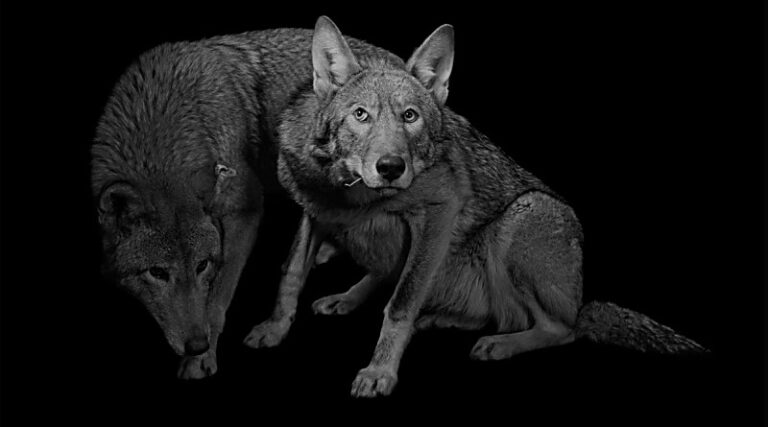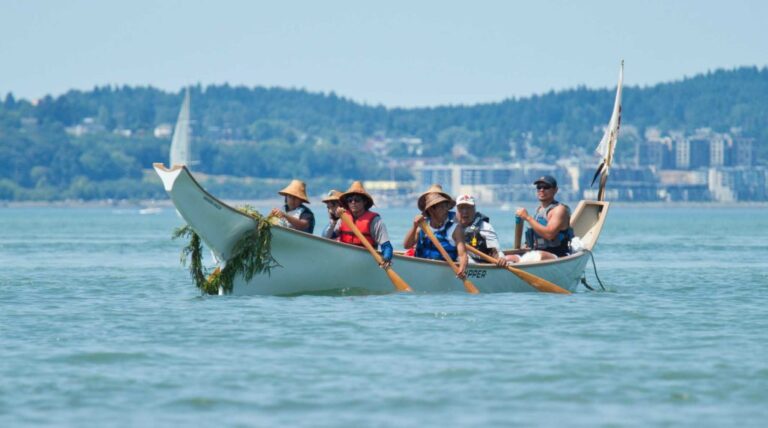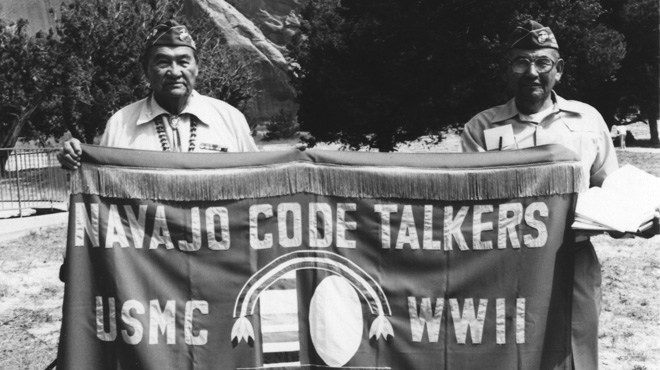Wacipi
What is a Powwow?
A Powwow is considered a celebration of life. It is called a Wacipi (WAH-CHEE-PEE) in Lakota/Dakota language and Ni-Mi-Win in Anishinabe (Chippewa/Ojibwe) language.
This celebration is a time when people of all ages can gather together to sing, dance, renew old friendships, make new friends, and share the beauty of life
Traditional and Contest
Today, there are two styles of powwow celebrations: the traditional powwow and the contest powwow.
A traditional powwow is a social event where tribal ties are encouraged and reinforced. Accomplishments and achievements are acknowledged in a community setting with one’s family and friends present to witness and participate in the event.
The contest powwow is a recent phenomenon that incorporates tradition into the competition of dancing and singing. Champion dancers and singers from throughout the United States and Canada travel to various pow wows throughout the nation to compete for top prizes.
Dance Categories
There are six basic categories of contest dances that are further divided into age categories. Men categories include Traditional Dancing, Grass Dancing, and Fancy Dancing. Women categories include Traditional Dancing, Jingle Dress Dancing, and Fancy Shawl Dancing
Traditional Dance Each tribe has a specific dress and dance style. The northern plains traditional dancers, for example, are sometimes referred to as “stationary” dancers. They dance on the outer edge of the arena and slightly move their feet and gently bend their knees sedately moving up and down in rhythm with the drum. It’s a very regal and respectful show of gracefulness. Women wear dresses that are either made of buckskin or cloth. The buckskin dresses are elaborately decorated with beadwork. The yoke and sleeves of the dresses are completely beaded. The dress may also be decorated with porcupine quillwork, shells, elk teeth, or brass beads. The remainder of the outfit includes matching headbands or crowns, hair ties, purses, moccasins, chokers, earrings, and shawls. Men’s traditional style of dance is the oldest form of dancing. This manner of dance has many stories of its origin. The most common one is that men dance first to make sure the way is safe for the women and children. This dance is a form of storytelling where each warrior is acting out deeds committed during a battle or a hunt. The traditional dancers wear head-dresses on their heads referred to as a roach. The roaches are made with porcupine and deer hair intricately woven together. Eagle feathers are worn on top of the roaches. The dancers wear bone breastplates, which were originally used for protection during battle or hunting. The rest of the outfit is comprised of an eagle feather bustle, matching beadwork (cuffs, arm bands, belt with side drops, leg bands, moccasins), apron (the back of the apron has decorative trailers), and chokers made of animal bones. They have small cowbells attached around their ankles that carry a rich deep tone that accompanies each step they make in their dance. The dancers carry eagle wing fans, shields, or coup sticks decorated with eagle plumes and horsehair in their hands. Womens Jingle Dress Every tribe has their own origins and legends of the different dance styles. The most common legend for this type of dance is that it is the traditional dance of the Anishinabe (Chippewa/Ojibwa) people. The dress is called the “healing dress.” In the early days, the dancers did not lift their feet off the ground and did not dance backward or turn all the way around; today, there is almost a “fancy” style used when jingle dress dancing. The jingle dress dance outfit is comprised of the jingle dress (jingle cones made of chewing tobacco lids), matching beadwork, and a fan. The “old style” jingle dress dancers do not carry a fan or wear eagle plumes or feathers in their hair. On some, there are 365 jingles on a dress, each representing a prayer and a day of the year. This amount is not required, however. Men’s Fancy Dance This very fast and exciting style of dancing came from the South and is the most contemporary style of dancing today. The songs for this type of dancing are fast and the dancers must know them well because they were written to “trick” the dancer. Like the traditional dancers, fancy dancers wear headdresses referred to as a roach. However, the fancy dancer will also use a “rocker” on their headdress that makes the eagle feathers bounce back and forth in rhythm with the drum. Dancers wear two large bustles, capes and aprons, and matching belts with side drops, cuffs, and moccasins. They also wear small bustles on their arms, which match the large bustles and belts, and white angora fur around the ankles. They have large bells around their ankles that are attached to a thick strip of leather. They carry sticks decorated with brightly colored feathers and ribbons. The complete outfit is decorated with multicolored ribbons to add movement to the dance steps. Women’s Fancy Shawl This fancy shawl style is the most contemporary of the women’s dance styles. Young women began wearing their shawls instead of draping them over their arms when dressing in their outfits so they could dance to the faster tempo songs sung for the men’s fancy dancers. Some people think that the “fancy” refers to the shawl but it doesn’t; it refers to the footwork. The women must be very light on their feet. Currently, most shawl dancers wear dresses and matching shawls with elaborate, colorful designs. The outfit is also comprised of matching beadwork (cape, hair ties, barrettes, earrings, belts, moccasins, and leggings). The dancers also wear otter or beaver fur tied to their braids. Their colorful outfits evoke images of beautiful butterflies when they are dancing. The origin of Women’s Fancy Dance (or Fancy Shawl), is relatively recent on the powwow trail.
What to expect
Prayer/Invocation
Grand Entry
Military/Veterans
position of being flag bearers and are sometimes called upon to retrieve fallen eagle feathers.
Regalia
Drum
Eagle Feather
Intertribal and other Dances
Feast or Meal
The meal is open to the public and everyone is welcome. This is a common element that unites all human beings – our need for sustenance – so everyone is invited to eat.





